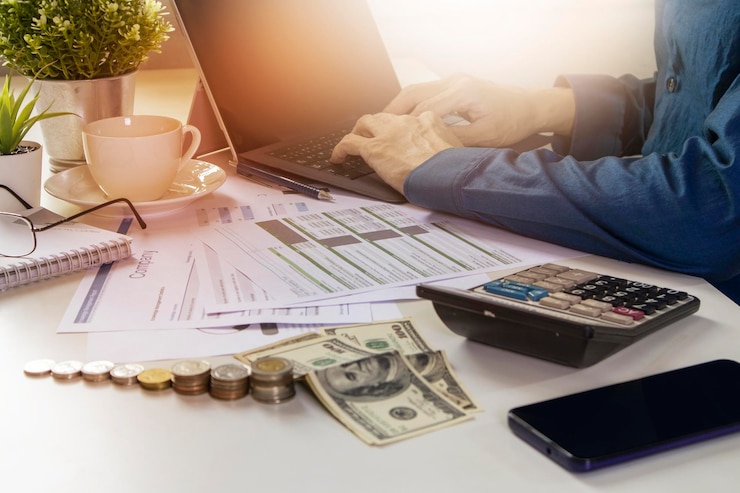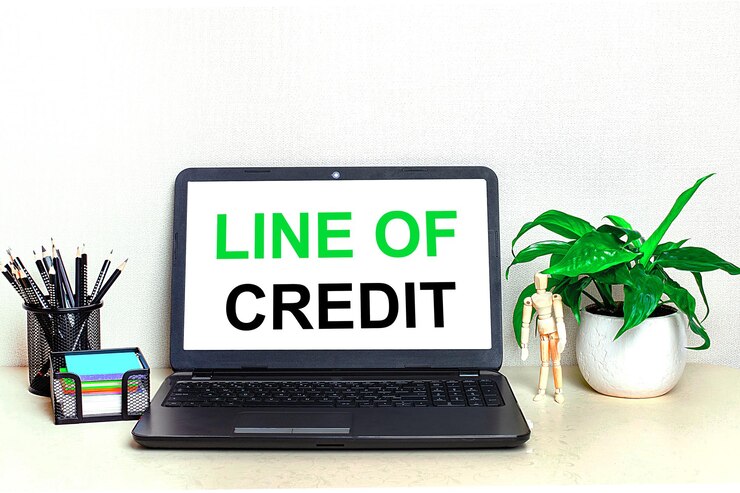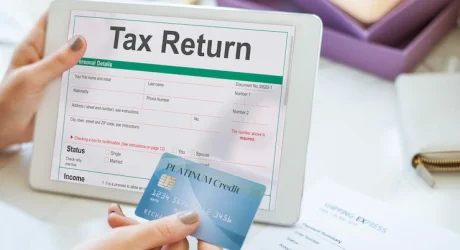Love them or hate them, rules are there for a reason. When it comes to money, following the rules can help you form healthy habits that ensure your financial success.
Whether you’ve just opened a line of credit or you’re thinking about getting on in the future, everyone can benefit by following these three simple rules.
Rule #1: Use It Only On The Unexpected

Unlike a credit card, a line of credit isn’t there to help you make everyday purchases. It’s also not a stand-in for your wallet whenever you want something fun you can’t afford right now.
So, what can you use it on then? The experts at MoneyKey recommend using a line of credit on unexpected emergency expenses when your savings fall short of what you need.
Here are some examples of this rule in practice:
- Repairing a broken furnace to ensure your home stays warm this winter
- Fixing a water heater so that your family has hot water
- Replacing a punctured car tire to get back on the road
- Replacing a bricked phone that you need for work or health reasons
- Seeing a doctor or paying for urgent tests and treatments
While your emergency might differ from the list above, it should be urgent and relatively minor. It shouldn’t be a regular expense you can expect to find in your budget often. That means vacations and cosmetic renovations are better put on pause until you can save up what you need.
Rule #2: Keep On Top Of Things

What do most people do when they receive their monthly statement from their line of credit? Whether they rip open a paper bill or scroll through a digital one, most people will look immediately at what they have to pay.
While it’s important to pay this amount by your next due date, your balance owing isn’t the only thing you should check. You should review every purchase listed on your statement, line by line.
Getting into this habit comes with three financial advantages:
- You’ll know how much money you’ve spent on this account, which may help you be more accountable with your spending.
- Reviewing your itemized bill gives you a chance to catch any clerical errors or computer glitches that may increase what you owe.
- You’ll also detect possible fraud and escalate this problem up the chain of command.
Rule #3: Budget To Cover More Than The Minimum Payment

One way your line of credit is similar to a credit card is how your bill comes with a minimum payment. This is the least amount of money you have to pay to keep your account in good standing and avoid late fees, and it can come in handy when you experience a tight month from time to time.
But as for those months when you can afford to cover your whole bill? You should send the full amount, even though it may be tempting to pay less.
That’s because the minimum only delays paying off debt. It also means you’ll carry over a balance into the next billing cycle, where it may be subject to more interest and finance charges. You’ll keep accruing these fees every month you carry over a balance.
Paying off your balance in full—or paying as much as you can afford—may help reduce the fees you collect.
Keep These Tips in Mind Every Time You Use Credit
Some rules are meant to be broken, others not so much. Consider these three to set your finances by — they’ll help you use your line of credit like a pro.
Read Also:




























